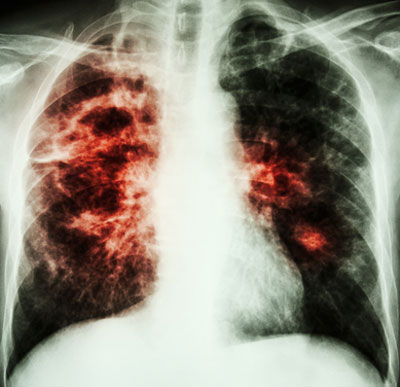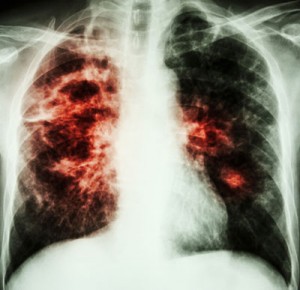Esbriet data show benefits of long-term treatment in IPF
Posted: 29 September 2015 |
A pooled analysis from two Phase III studies showed a 38% reduction in risk of death in IPF patients who stayed on Esbriet treatment up to two years…


Roche has announced new clinical data on Esbriet (pirfenidone) in the treatment of idiopathic pulmonary fibrosis (IPF).


A pooled analysis from the ASCEND and CAPACITY Phase III studies showed a 38% reduction in risk of death in IPF patients who stayed on Esbriet treatment up to two years (120 weeks) compared with placebo.
“These new data demonstrate Esbriet’s ability to reduce the risk of death for patients with this severe, progressive lung disease,” said Sandra Horning, M.D., Roche’s Chief Medical Officer and Head of Global Product Development. “As the first long-term mortality data in IPF patients treated with Esbriet, these results provide valuable information to help physicians and patients make decisions about their treatment.”
Previously reported data at one year showed the risk of mortality was reduced by 48% after treatment with Esbriet, a statistically significant result. The new data at 120 weeks show a strong trend in a reduced risk of death with long-term Esbriet treatment in IPF.
Continuing Esbriet after early hospitalisation may slow disease progression
Also, an ad-hoc analysis of the pooled ASCEND and CAPACITY data showed patients who are hospitalised within the first six months of treatment saw their risk of disease progression or death reduced by more than two-thirds at one year by remaining on Esbriet treatment, compared with placebo. These clinical results show the benefits of continuing treatment. It is one of the first analyses on this topic and is of particular value for physicians and patients, as there is currently limited information to inform clinical decisions.
“These additional data show that continuing treatment with Esbriet after early hospitalisation may help slow disease progression,” said Horning.
Esbriet is available in more than 38 countries worldwide. The mechanism of action of for the oral medicine is not fully understood, although it is believed to interfere with the production of transforming growth factor (TGF)-beta, a small protein in the body involved in how cells grow and produce scars (fibrosis), and tumour necrosis factor (TNF)-alpha, a small protein that is involved in inflammation.




